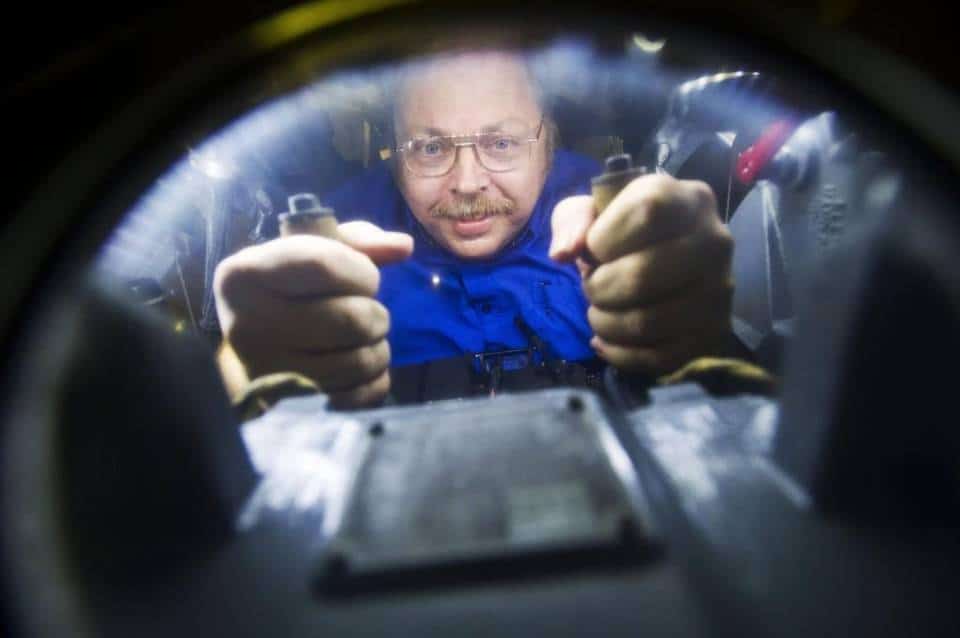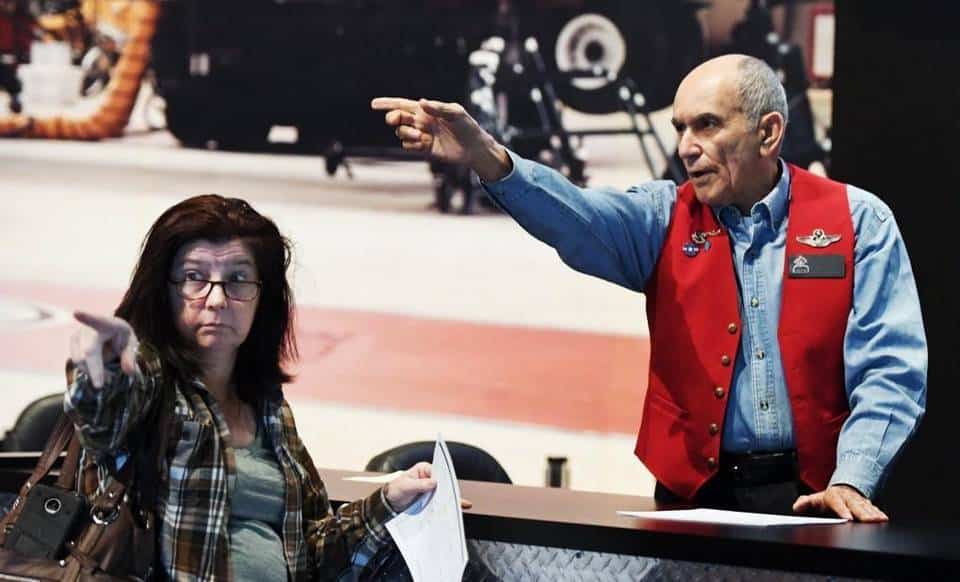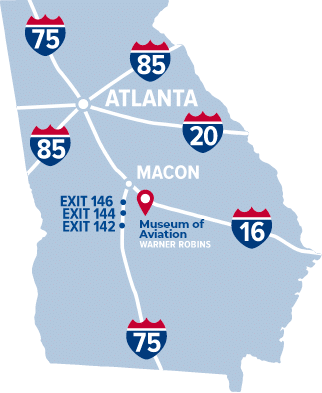In the Century of Flight Hangar at the Museum of Aviation sits an airplane that probably gets overlooked. The Century of Flight Hangar has some very impressive aircraft and one can get caught up in looking at the MH-53, SR-71, the U-2 or the RQ-4 Drone.
However, in the very back sits our F-86H Sabre.
It looks small compared to the bigger aircraft, but the F-86 plane was quite the plane to fly in the 1950s and 1960s. The plane enjoyed a large production number, 9,860 to be exact. It was produced by North American Aviation and was built under license in other countries. The F-86 was flown through the mid 1990s by various countries such as the Republic of Korea, Japan, Canada, and Spain. Bolivia was the last country to use the aircraft in 1994. America’s production of the plane ended in 1956.
The reputation of the F-86 was undeniable. It was called the “MiG killer.” It was an aircraft that required a lot of experience, and it was a plane that could be deadly. The F-86 was a true fighter-interceptor, but it also had bombing capabilities. There could be six .50-caliber machine guns, 16 five-inch HVAR rockets or 2,000 pound maximum bomb loads. Later, the F-86 had 4 20mm cannons.
The Sabre was first introduced into the United States Air Force in 1949. By that time the jet had already set a world speed record of 670.9 mph. With the plane’s swept wings it was a fast aircraft. Swept wings are wings of the aircraft that are not straight out from the body of the plane, but at an angle off the body. This configuration, in very simplistic terms, means that there is less drag. The Sabre was the first swept wing airplane in the Air Force’s inventory.
When the Korean War broke out, the Russian-built MiG-15 was the weapon of choice in the air for the Chinese and the North Koreans. American fighters could not go beyond the Yalu River, which was the border between China and North Korea. Our pilots were very efficient in guarding that border and picking off any planes that wandered across.
The Sabre was called “versatile and adaptable” by more than one pilot who flew it. According to the National Museum of the Air Force, our F-86 pilots shot down 792 MiGs. The U.S. only lost 78 Sabres in air-to-air combat.
As good of a fighter jet that the Sabre was, there were more than enough accidents and crashes. The plane was demanding and could be unforgiving. Historian Richard Hallion wrote in his book “Storm Over Iraq: Air Power and the Gulf War,” “The F-86 had a reputation as a ‘lieutenant eater.’ In the early 1950s an F-86 crashed somewhere in the world every week, and accidents sometimes approached one per day. At Nellis Air Force Base in 1953, for example, 22 Sabre pilots died in 11 weeks.”
Our F-86H at the Museum of Aviation was delivered to the Air Force in 1956. It served with the Air Force Reserve before being transferred to the Maryland Air National Guard in 1957. It was with the Maryland Guard until 1970. The aircraft was moved to the museum in 1983 after being an instructional aide at Columbus Technical Institute in Columbus, Ohio. It recently had some restoration to the body of the plane and is awaiting repaint.
Robins Air Force Base in the 1950s processed more than 500 F-86s in preparation for ferry flights across the Atlantic to Europe under Project High Flight. Robins also provided logistics support for armament, communications, fire control, and bomb navigation equipment on all USAF F-86 aircraft worldwide.
As a side point, the museum has only one foreign plane in its collection. It is a MiG-17, a follow-on design to the MiG-15. You can see it in Hangar One, the Southeast Asia War Hangar.












